You wouldn’t leave them in charge of a barge. Full-steam ahead with eyes closed, what could possibly go wrong? These just might be the world’s worst ever sea captains.
Captain William Bligh
No contest, top of the list yet such a confusion of a man – so competent in command, so skillful with a sextant, yet so hated despite saving the sunburnt arses of his mutinous crew. His people skills were questionable and he had a rare talent for pissing off the people he worked with. The Bounty mutiny could, debatably, be put down to a bit of bad luck and the attractions of Tahitian totty. However, to upset the entire colony of New South Wales enough for the ‘army’ to rise up against the Crown in the Rum Rebellion of 1807 was positively careless.
Despite his inability to cope with a bit of stress without losing his shit, Bligh was a top sea captain, as evidenced in 1789 by his navigating a 7m open naval cutter – packed with the disgruntled commander, 18 reject Bounty mutineers and a few rare houseplants – 5822km miles from the middle of the Pacific to Timor, mapping a bit of New Holland (as Oz was then known) along the way. At his subsequent court martial, the Admiralty found that although Bligh was extremely bad-tempered, swore a lot and was infuriated by his subordinates’ incompetence, in general he wasn’t a bad bloke and it wasn’t his fault.
Captain William Van Schaick
When steamship the SS General Slocum caught fire on New York’s East River on June 15, 1904, its captain, William Van Schaick, made a series of cock-ups that led to the loss of more than 1000 lives. Until 9/11, it was the deadliest disaster in the city’s history.
The General Slocum had been involved in seven different incidents leading up to the fire, but the crew had never had a fire drill and faulty hoses and lifejackets had not been replaced because the captain couldn’t be arsed. For more than 10 minutes after the fire was discovered, Van Schaick just held his course rather than doing the obvious – running the ship aground or stopping at a nearby landing. This allowed headwinds to actually fan the flames. When he finally decided to beach the boat on North Brother Island, he couldn’t get close enough to shore and many of his passengers drowned in the deep water. Van Schaick was found guilty of criminal negligence, and failing to maintain proper fire drills and fire extinguishers. He was sentenced to 10 years’ jail.
Captain Joseph Hazelwood
On March 24, 1989, Exxon Valdez, an oil tanker owned by Exxon Shipping Company, bound for Long Beach, California, struck Bligh Reef in Prince William Sound, Alaska, spilling 10.8 million US gallons of crude oil over the next few days. As preventable environmental disasters go, it was a biggie. More than 1600km of coastline were fouled and hundreds of thousands of animals killed. Exxon paid billions in clean-up costs and fines, and is still dealing with related court cases.
Captain Joe Hazelwood was not at the controls when the ship struck the reef. He was asleep in his bunk, after allegedly downing more than his bodyweight in booze on a bender. However, as senior officer, he was in command of the ship. The third mate was at the helm. He wouldn’t have hit the reef if he had bothered checking his radar, but it wasn’t turned on. It had been disabled for more than a year, but one of the world’s fattest oil companies had considered it a corner that could be cut. Exxon blamed Hazelwood, who was acquitted of being intoxicated while at the helm, but convicted on a misdemeanor (Like, not that serious? WTF?!) charge of negligent discharge of oil, fined US$50,000, and sentenced to 1000 hours of community service.
Captain Francesco Schettino
On the evening of January 13, 2012, Captain Francesco Schettino manoeuvred the Italian cruise ship Costa Concordia, carrying some 4200 passengers and crew, recklessly close to the Tuscan Island of Giglio to “make a bow” to the locals, hitting underwater rocks. Allegedly, he was showing off while entertaining a “female friend” on the bridge. His blunder caused the 114,500-tonne liner to capsize just 150m from shore. Thirty-two people died and 6 were injured.
As the ship toppled onto its side to lie half-submerged in the water, the cowardly captain set a new world record for speed of abandoning a sinking ship. He was among the first into the lifeboats while there were still about 230 people aboard – including two newborns and four disabled people. The Coast Guard repeatedly urged Schettino to return to the Concordia and coordinate the evacuation, but he refused, whinging “Please, it’s dark!” according to audio records. He then proceeded to give interviews to Italian TV while the rescue work continued.
The judge was unimpressed, convicting Cap’n Coward of multiple manslaughter and causing a maritime accident. Sentenced to 16 years in the slammer, Schettino’s subsequent appeal was denied
Captain Joseph Clark
En route to Arabia in 1880 with 992 passengers, mainly pilgrims, the SS Jeddah began leaking heavily. Certain the ship was about to sink, Captain Joseph Clark and his crew took to the lifeboats, abandoning ship (and pilgrims) to drift in the Bay of Bengal. They were soon picked up by a passing ship and taken to Aden, reporting the ship had sunk with heavy loss of life. Imagine their surprise when the Jeddah was towed into Aden a few days later, cargo of pilgrims still aboard. An inquiry noted: “The master does not appear to have taken his passengers into his confidence or to have endeavoured in the least degree to raise their hopes in any way. The Court considers the master showed a want of judgment and tact to a most serious extent.” This marine misadventure was the inspiration behind Joseph Conrad’s classic novel, Lord Jim.

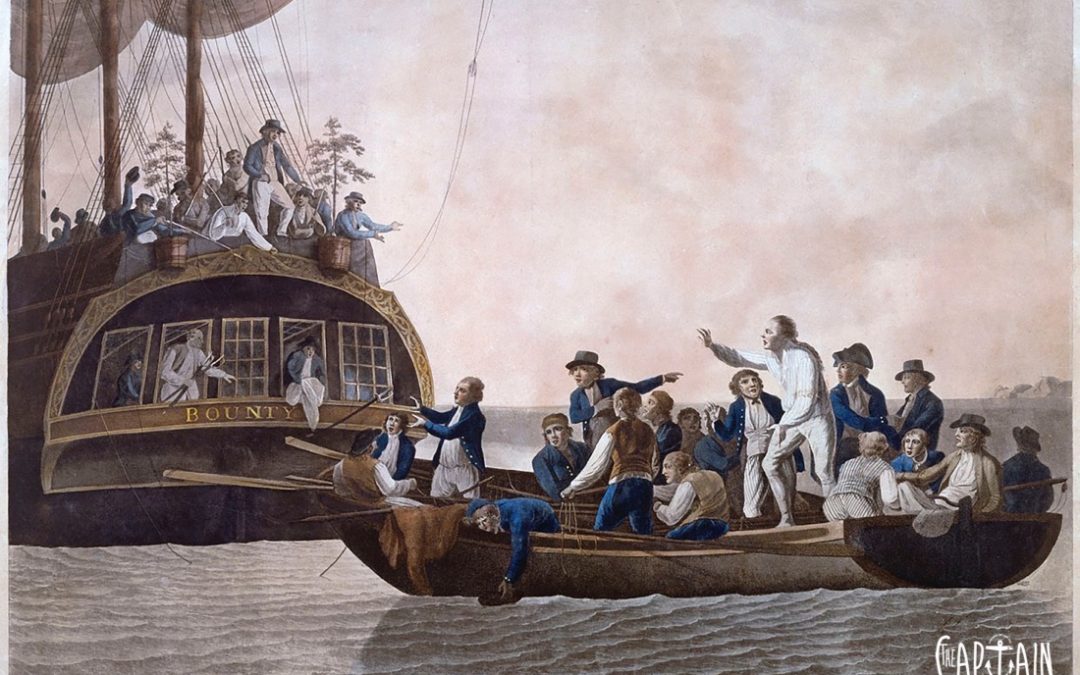
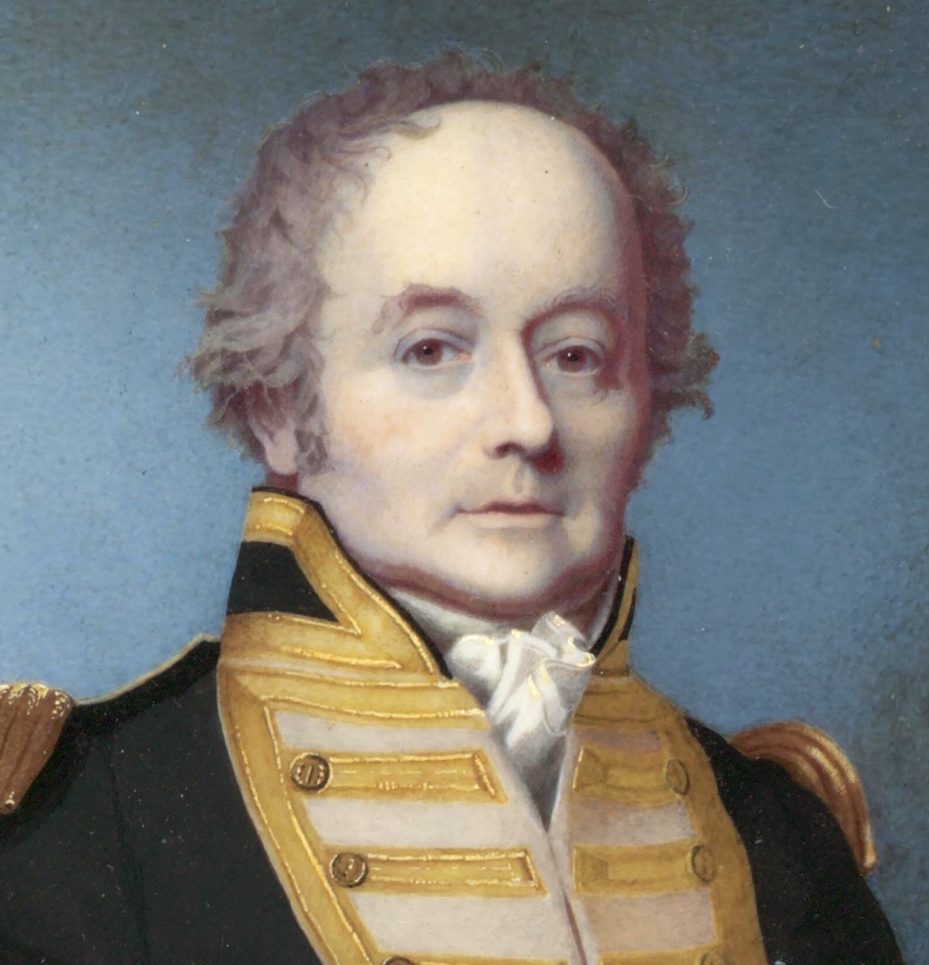
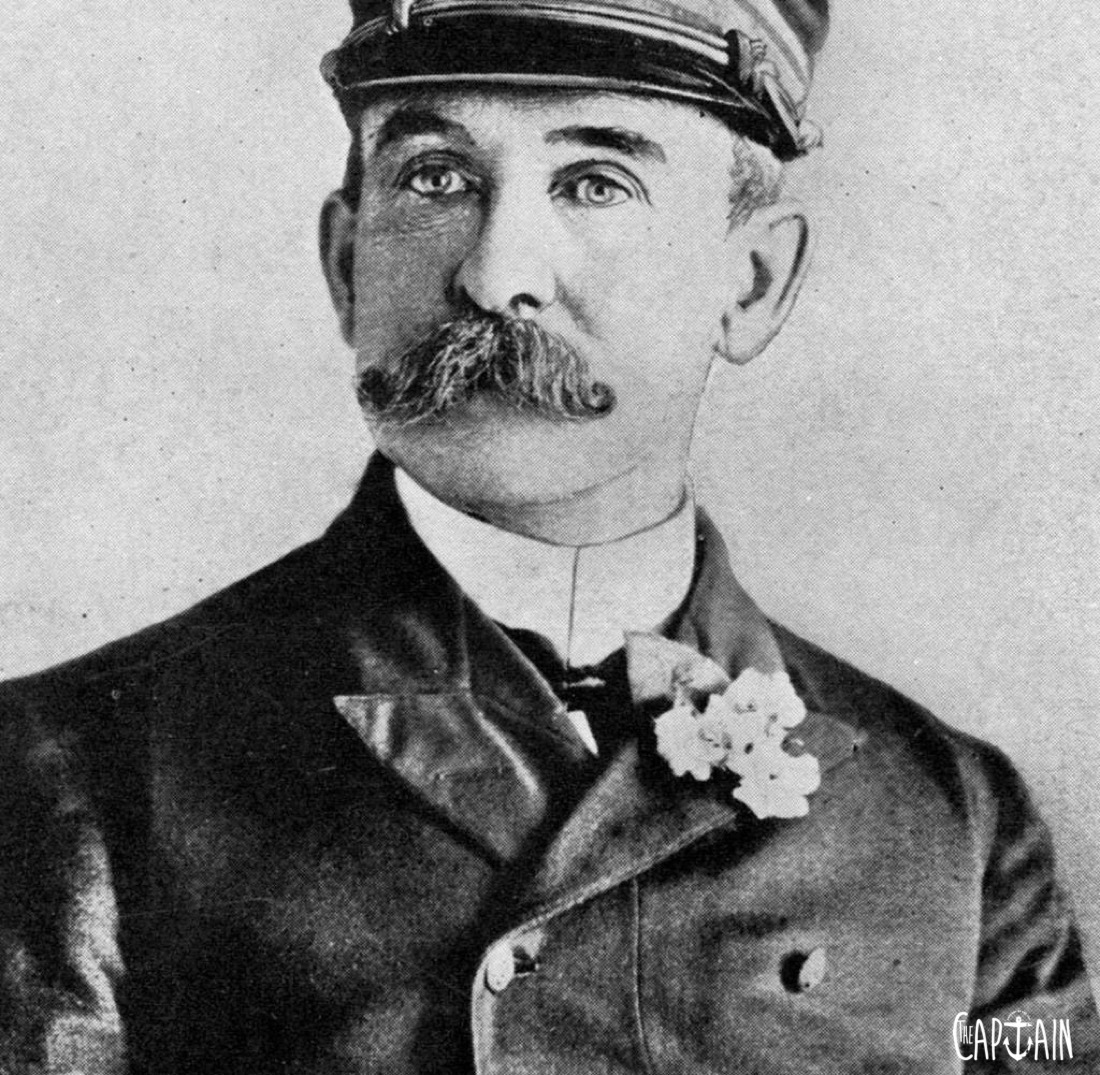
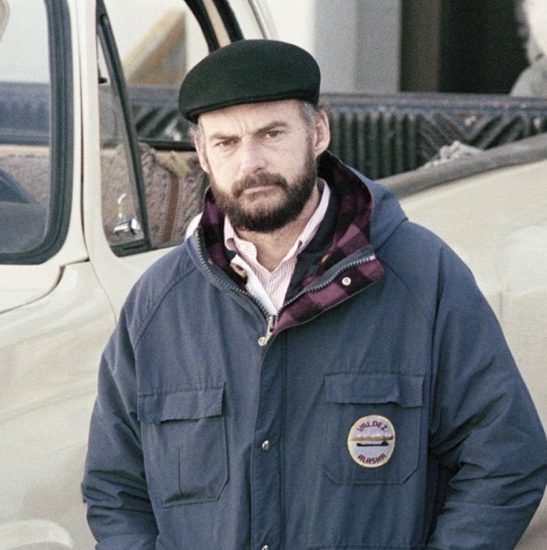
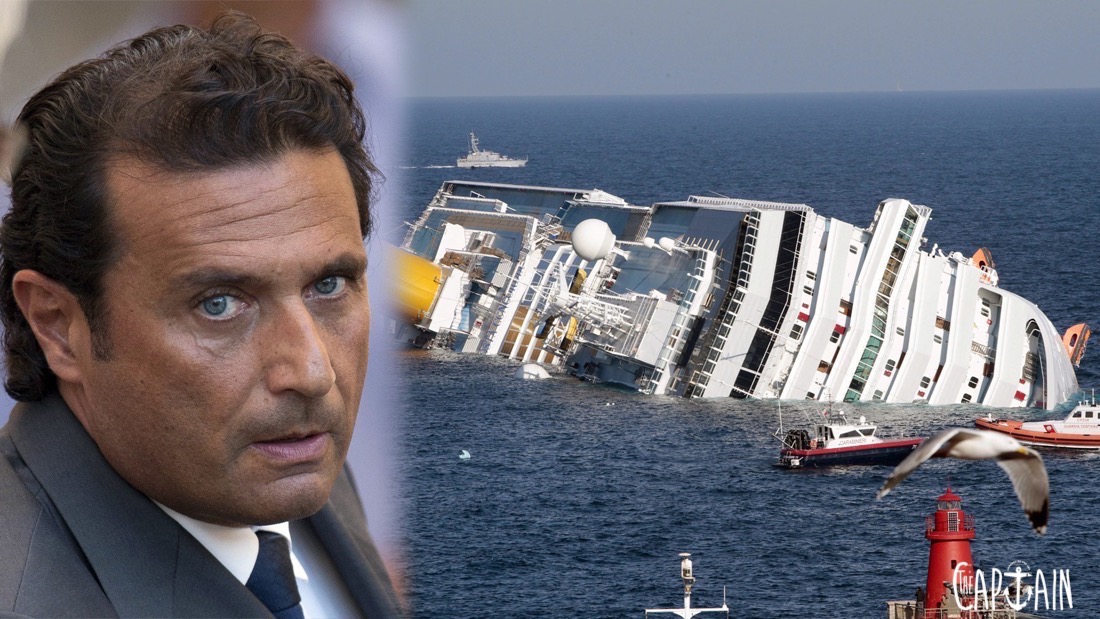
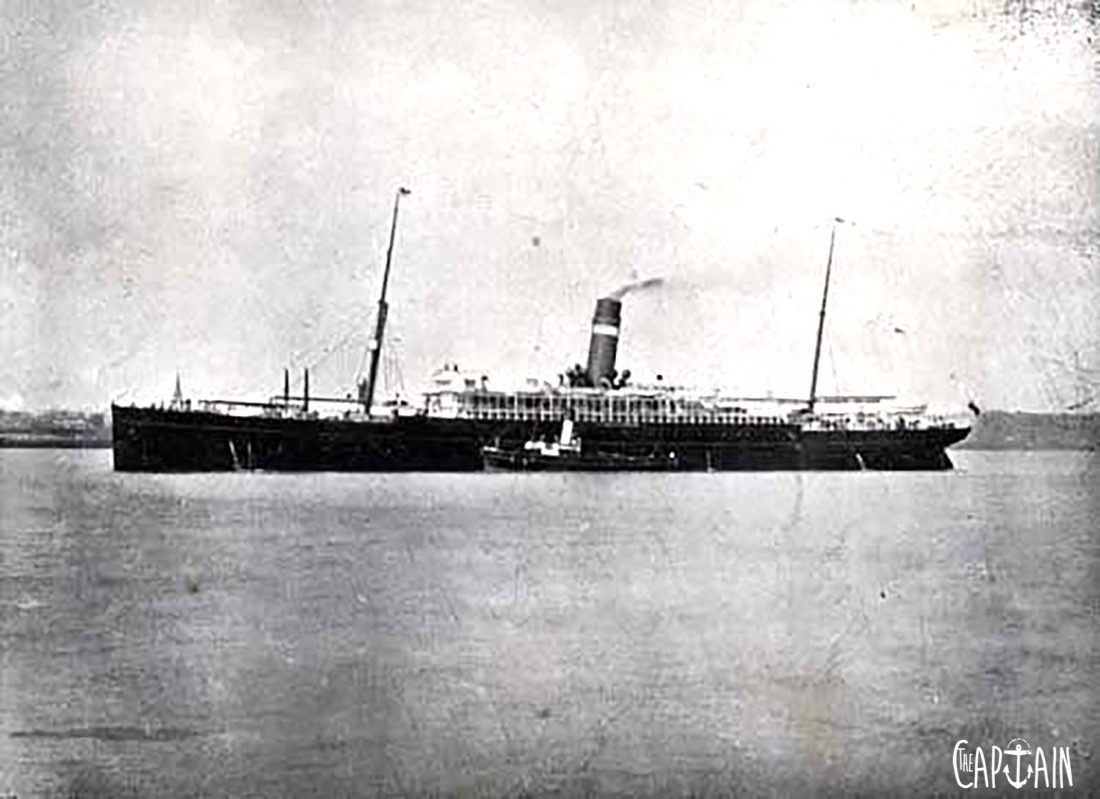
Recent Comments